Can You Paint Over Wallpaper?
Trends, especially those that have to do with wallpaper, change very quickly. Right now, most people would tell you that wallpaper is on the “definitely not cool” end of the spectrum. When it comes to property value, that wallpaper isn’t doing you any favors. However, to change up the feel of that room with a fresh coat of paint you have to take down the wallpaper, right? Not always. In some cases, you can actually paint right over the wallpaper.
How to properly paint over wallpaper
If you do it incorrectly, your paint job will end up looking absolutely terrible over wallpaper. Painting experts and manufacturers recommend that you remove wallpaper prior to painting, but sometimes, it’s much more difficult to. In some cases, you may even damage the wall underneath when trying to prepare for painting.
When you shouldn’t paint over wallpaper
There are some telltale signs that you need to remove, or at least take away part of your wallpaper before painting. If your wallpaper is already peeling, or has pockets of air on its surface, you shouldn’t be painting over it. Additionally, several types of wallpaper such as fabric-backed vinyl shouldn’t even be considered for painting.
Fortunately, the kinds of wallpaper you shouldn’t paint over are the easiest to remove. Alternatively, the ones that are okay to paint over are a total pain to remove properly. That being said, if you plan on painting well, follow proper, expert steps for high-quality, long-lasting results.
Steps for how to paint over wallpaper
Before getting started, make sure you remove or cover up anything in your work area that you don’t want to get paint on. Even the most careful, professional painters take care to protect furniture and flooring from stray spots of paint! Getting your space ready is integral to a successful painting project.
Clean your walls
The first step to painting over your wallpaper is the same as any other painting project. You have to make sure those walls are squeaky clean! If you paint over dirty walls, all of that dirt and debris gets trapped underneath. This causes your paint to potentially crack or fade quicker than it should, or, the paint simply won’t adhere and dry well.
For cleaning wallpaper this can be a tricky step, but it’s necessary. Avoid using water or water-based solutions, as you risk bubbling and damaging the wallpaper. Instead, use diluted TSP (trisodium phosphate) to clean. Give your wallpaper ample time to dry before painting.
Repair any visible damage to the wallpaper
Next, your wallpaper border is probably a bit old and may have visible damage. Before priming, you need to repair it! Use adhesive to reattach loose edges and seams in the wallpaper, then allow the adhesive to dry. You could also cut those areas away, use spackle to level the underlying surface with the other wallpaper, then sand before painting.
Also, if your wallpaper is textured, it should also be sanded until even prior to applying primer paint.
Tape of molding, trim, and everything you don’t want paint to get on
Preparation is so important, we have to mention it twice. Tape off your molding, trim, and anything else in the painting area that has a chance to have paint land on it. Professionals recommend using painters tape, for obvious reasons.
Apply a coat of primer
Now with all of that out of the way, it’s time to apply primer! Regardless of the type of top layer paint you’ll be using, you want to use an oil-based primer. Similar to our reasons for not using a water-based cleaner in the first step, a water-based primer would soak through the wallpaper and ruin your adhesive.
Use a paint brush to cut your corners of the walls, then use a paint roller to cover up your large areas of wallpaper. After a full coat, allow the primer to dry according to the instructions provided.
Time to paint!
Once the primer has dried, you can paint the wall as you would any other surface. Regardless of the pattern or type of wallpaper you are painting over, you’ll likely need at least two coats of paint. We recommend using Sherwin Williams for high quality, long-lasting paint that comes in an abundance of colors. Always allow for drying in between coats of paint!
The quality of your finished project has a lot to do with how well you prepare. Don’t skimp on any of these steps, and you’re sure to have a beautiful finished wall!
If you don’t think you have the patience or know-how to finish your interior or exterior painting job, don’t hesitate to contact Old Crow Painting! No matter the size of your project, we bring experience, expertise, and customer service unmatched by any other painting company in Tampa. Give us a caw for a free estimate!

